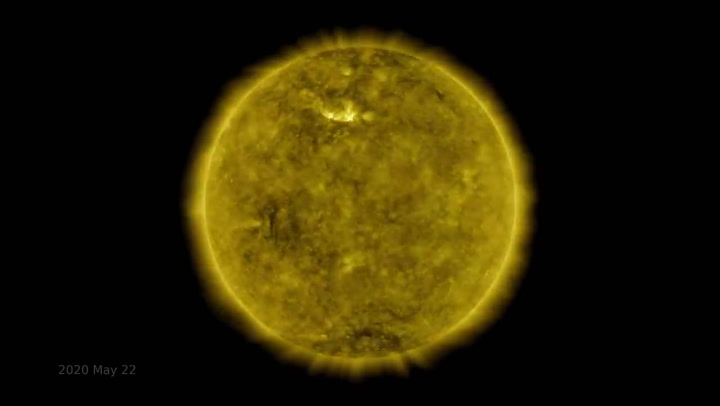Sun’s Activity Surges Unexpectedly, Raising Risks of Solar Storms and Blackouts
The sun is showing much higher activity than scientists predicted, according to NASA, raising concerns about potential solar storms, satellite damage, and power grid failures.
Solar activity normally follows an 11-year cycle, with a gradual decline in intensity observed between the 1980s and 2008. Experts had expected this trend to continue, forecasting a low-activity cycle. However, a new NASA study shows that the sun has become increasingly active since 2008.
“All signs pointed to a prolonged phase of low activity, so it was a surprise to see the trend reversed. The sun is slowly waking up,” said Jamie Jasinski of NASA’s Jet Propulsion Laboratory, who led the study. The research was published in The Astrophysical Journal Letters under the title “The Sun Reversed Its Decades-Long Weakening Trend in 2008.”
Potential Impacts on Earth
Increased solar activity can have wide-ranging effects, including:
-
Radio blackouts disrupting communication systems
-
Satellite damage and GPS errors
-
Power grid failures in extreme cases
Charged particles from solar flares and coronal mass ejections (CMEs) can also interact with Earth’s magnetic field, producing spectacular auroras, including the Northern and Southern Lights.
Astronomers have tracked solar activity for centuries, noting unusual quiet periods such as the 40-year minimum from 1790 to 1830, which remain poorly understood.
“Longer-term trends are less predictable and still a mystery,” Dr. Jasinski added. “The sun’s behavior continues to surprise us, and we need to monitor its activity closely.”
As the sun ramps up, scientists are urging governments, power operators, and satellite managers to prepare for potential disruptions caused by these powerful solar events.

